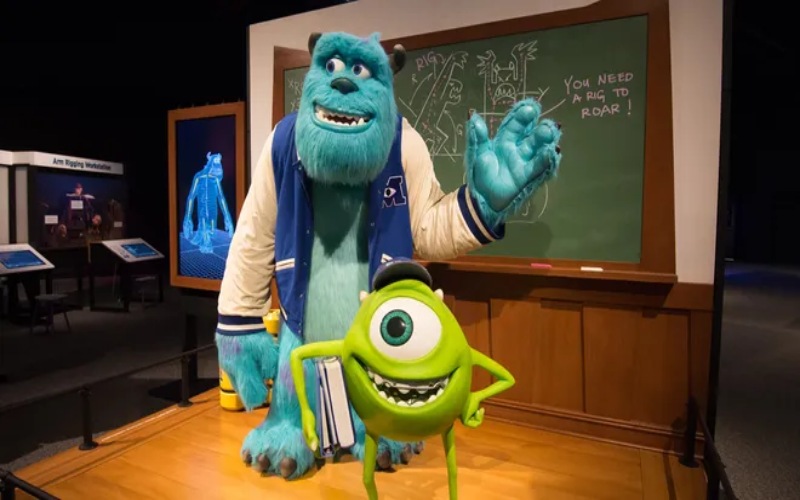If you thought animation was just click-click and ta-da then that is so not the reality.
Monsters, Inc., released in 2001 got some of the most famous monsters amongst us of the past two decades. Animating creatures with fur is the trickiest part of all. The same was the case while animating animals in Zootopia. They had to be given individual fur designing just like Sulley in Monsters Inc. Top scarer Sulley and Mike have become beloved monsters of children’s lives.
Sulley’s animation
Pete Docter came up with the idea of a monster themed film in 1994. He designed Sulley’s character getting inspired from the team. Everyone came to a mutual consensus than rather than creating a plain skin tone Sulley must have a furry appearance. The story suffered innumerable passive changes but in the end Docter came to the conclusion that a furry, 8-foot tall co-star will assist the little girl.
Sulley’s name has a great story too. Actually an animator on the team had been to Texas A&M University, inspired by one of Texas A&M’s historic icons, Lawrence Sullivan Ross, nicknamed “Sulley” by students. One of the biggest challenges animators faced was regarding the fur. They couldn’t possibly think of a way to design 2.3 million furs on Sulley’s body. (Keep in mind that it was 2001 back then!) Back then it took 12 hours at times to render and model every single frame.
Pixar was worried that the furs would overshadow one another creating a total mess on the screens. Pixar then set up their own Simulation department and a brand new fur simulation program was developed called Fizt. Fizt program made the fur react in a very natural way. It also got Boo’s clothes and other elements to pace more naturally.
Its 17 years later and we have much progressive technology now. Now the top animation institutes utilize Fizt to train their students. All the best animation courses make it a point to teach students not just the latest about animation but also about how it developed over the years.

